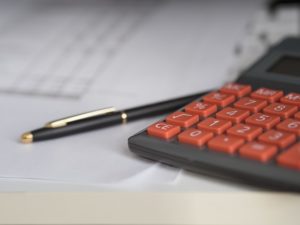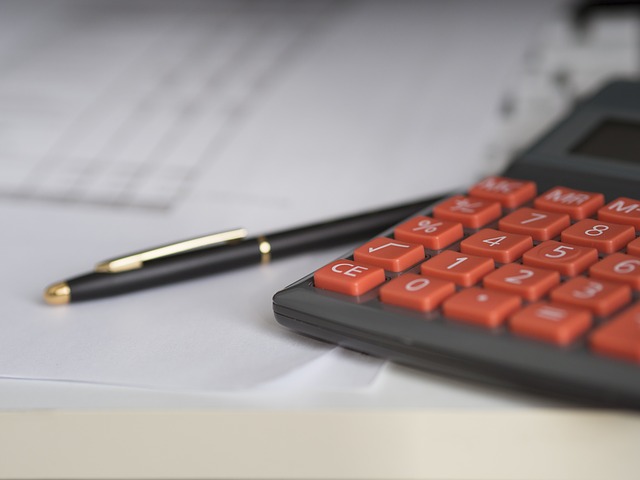 Customs Commissioner Isidro Lapeña has reiterated to Bureau of Customs (BOC) officials to adhere to the World Trade Organization (WTO) Customs Valuation Agreement and to use transaction value as the primary method for determining the value of shipments.
Customs Commissioner Isidro Lapeña has reiterated to Bureau of Customs (BOC) officials to adhere to the World Trade Organization (WTO) Customs Valuation Agreement and to use transaction value as the primary method for determining the value of shipments.
The customs chief, in a memorandum dated and signed on August 29, enjoins all concerned customs officials and employees to “strictly adhere to correct valuation following the valuation methods provided under Sections 700-707 of the CMTA (Customs Modernization and Tariff Act).”
CMTA follows the WTO Customs Valuation Agreement, formally known as Agreement on Implementation of Article VII of the General Agreement on Tariffs and Trade 1994, whose primary basis for customs value is transaction value. Under the CMTA, transaction value shall be the price actually paid or payable for the goods when sold for export to the Philippines, adjusted in accordance with the provisions of Section 701.
Lapeña also noted that the Value Reference Information System Data that is being made available to all concerned BOC officials cannot be used as a substitute value for purposes of customs valuation.
He said, however, that “such value information may be used as risk management tool to establish doubt or to alert customs to do a value verification check.”
Section 700 (Sequential Application of Valuation Methods), under Title VII (Import Duty and Tax) Title 1 (Basis of Valuation), states that imported goods shall be valued in accordance with the provisions of Section 701 (Transaction Value System-Method One) of the CMTA whenever the prescribed conditions are fulfilled.
Where the customs value cannot be determined under Section 701, “it is to be determined by proceeding sequentially through the succeeding sections hereof to the first such section under which the customs value can be determined.”
The five other valuation methods under the CMTA are Section 702, Transaction Value of Identical Goods or Method Two; Section 703, Transaction Value of Similar Goods or Method Three; Section 704, Deductive Value or Method Four; Section 705, Computed Value or Method Five; and Section 706, Fallback Value or Method Six.
Section 700 also notes that “except as provided in Section 704, it is only when the customs value cannot be determined under the provisions of a particular section that the provisions of the next section in the sequence can be used.”
If the importer does not request that the order of Sections 704 and 705 be reversed, the normal order of the sequence is to be followed. If the importer so requests, but to determine the customs value under Section 705 would be impossible, the customs value shall be determined under Section 704.
When the customs value cannot be determined under Sections 701 through 705, it may be determined under Section 706.
Section 707 (Ascertainment of the Accuracy of the Declared Value), meanwhile, states: “When a declaration has been presented and when the Bureau has reason to doubt the truth or accuracy of the particulars or of documents produced in support of such declaration, it may ask the importer to provide further explanation, including documents or other evidence, that the declared value represents the total amount actually paid or payable for the imported goods, adjusted in accordance with the provisions of Section 701 of this Act.”
Lapeña has been directing customs officials and employees to do proper valuation of goods instead of benchmarking in order to collect the right revenues and raise BOC’s collection. The bureau attributes its positive performance—exceeding its monthly revenue targets for seven consecutive months now—to proper valuation of shipments.





